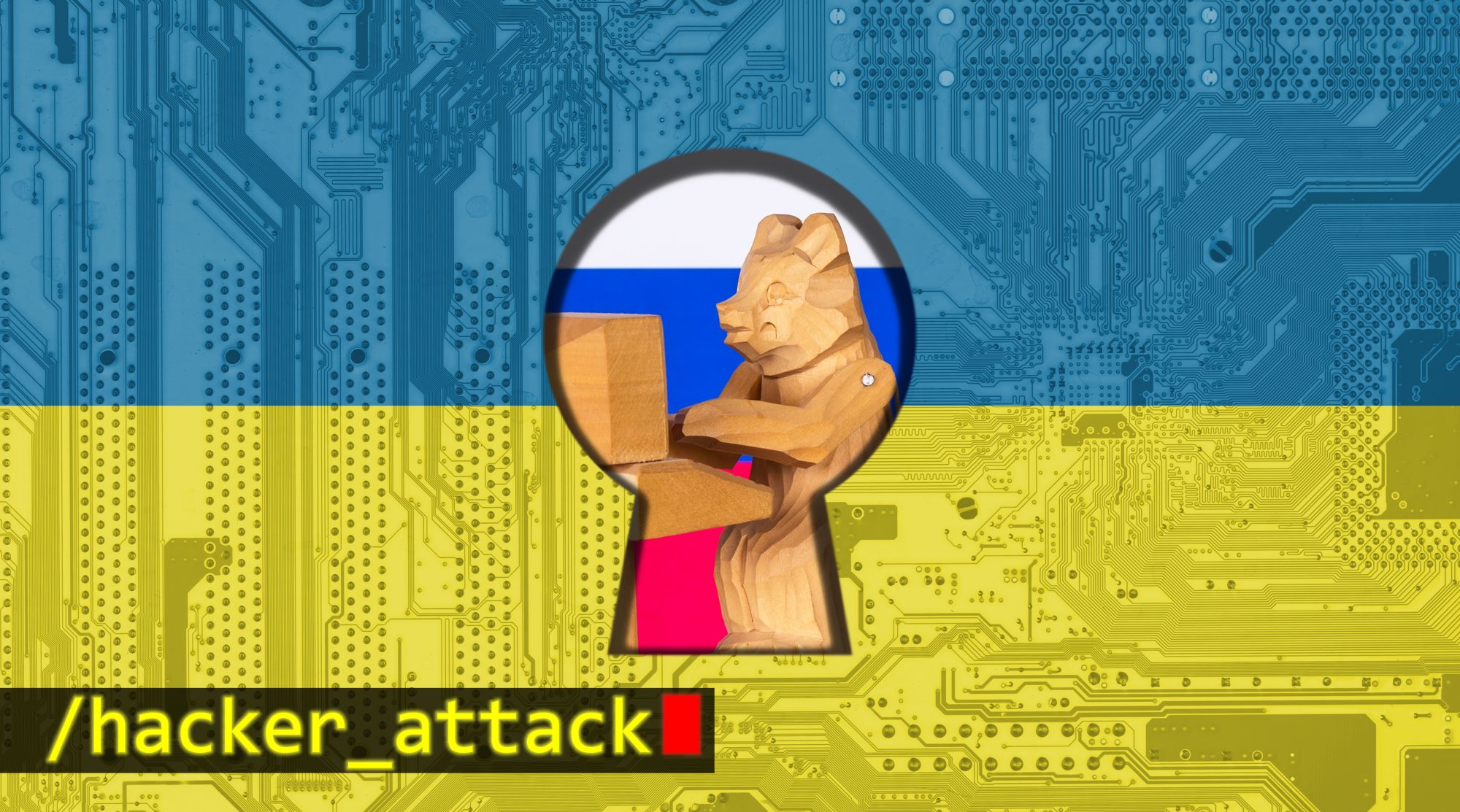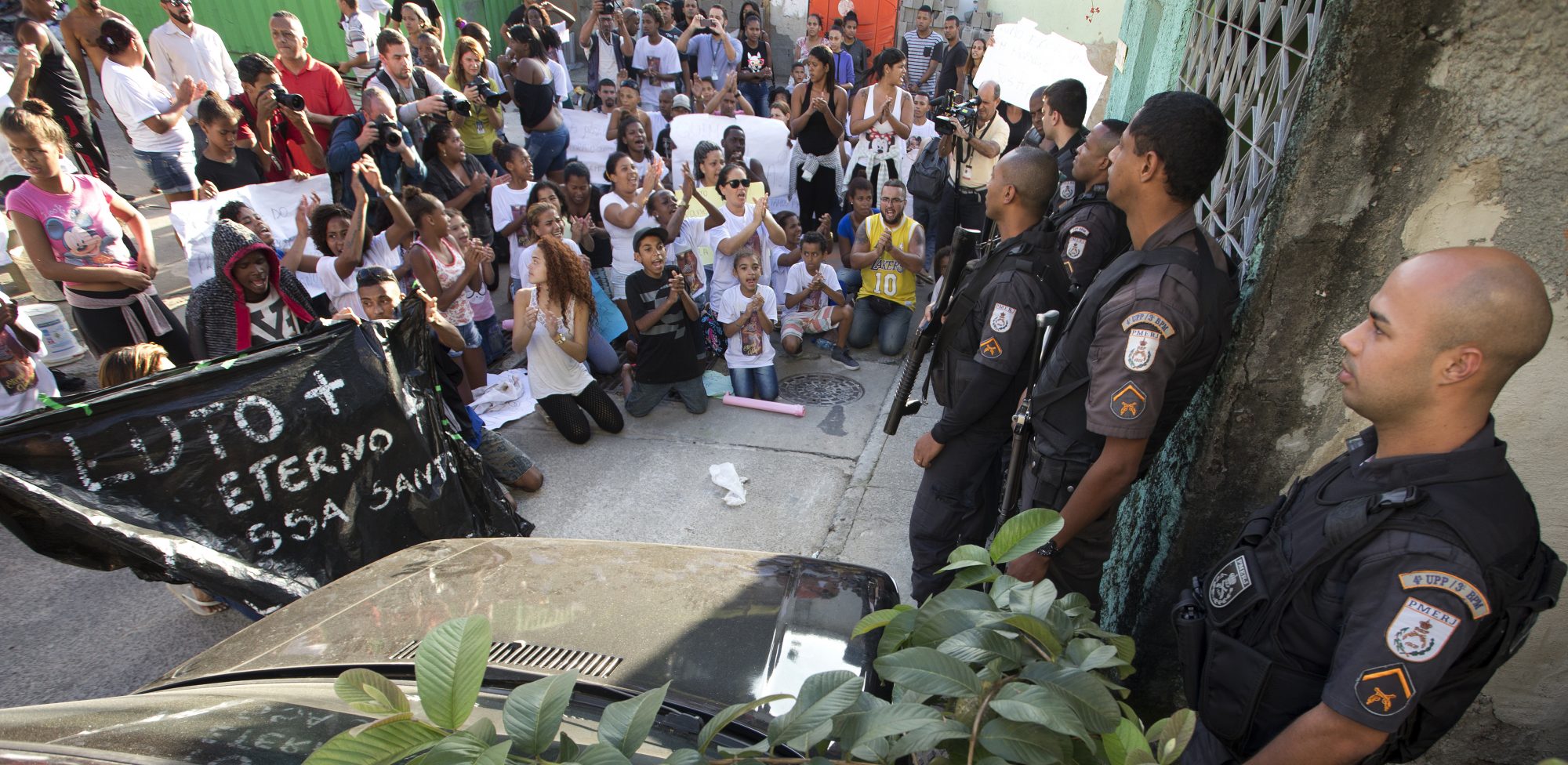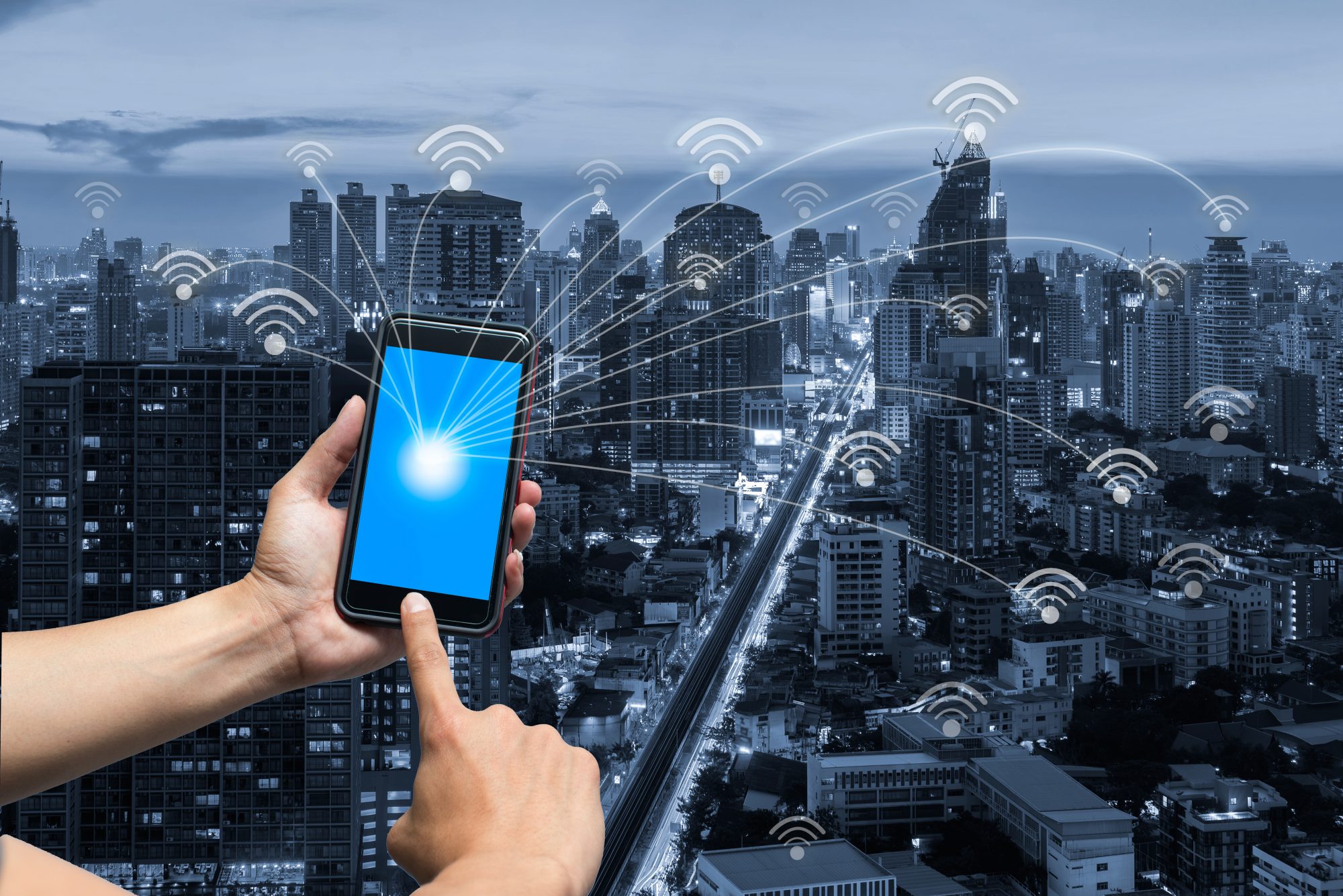Digital security in the age of smart cities
Do you consciously choose personal information you want to share on different social media channels, authority institutions or even on your personal computer? Or has your personal data been abused and you have become a victim of digital threat?
Cities embrace more and more smart technologies to modernise the governance and control the public order. However, smart cities can be a two-edge sword: On the one hand, the technologically advanced networks can detect and prevent e.g. terror attacks. On the other hand, just what makes smart cities resistant against different threats also makes them vulnerable towards cyberattacks. The European Commission has developed work programmes to tackle security issues in smart cities. In fact, in line with the digitalisation, high tech has been already applied in cities and citizens’ life to enhance the safety.
The relation between digital security and smart cities
June 2017, a strain of ransomware called Petya spread around the world, crippled public utilities and large corporations. Ukrainian media was the first to report the Petya infection, as it attacked Kiev’s Borispol airport, Ukrainian banks and energy firms [1].
Among the “walloped ones” there were also the Danish shipping firm Maersk, the American pharmaceutical giant Merck and the Russian oil company Rosneft. Similar to other ransomwares, Petya was also a type of malware that blocks access to a computer or its data and demands money to release it.
One can imagine the chaos that broke out at the Kiev’s Borispol airpol: flights were cancelled, thousands of passengers were stranded and their plans of travel, visits, business etc. were affected. Let alone the tremendous loss of revenue for the major companies. As this example has shown, cities have become vulnerable to cyberattacks which are difficult to prevent as more and more cities are moving towards digital platforms.
In some cases of digital attacks, the damage can even take a greater dimension, extending to water supply or electricity grids, blocking the most basic infrastructure for a functional daily life. In this context, smart cities are more exposed than less connected ones. Professor Mitchell Moss of urban policy and planning of New York University’s Rudin Centre for Transportation indicates that:
“The more data is centralised, the more available it is to be penetrated…so ironically, cities that have multiple communications systems and highly disaggregated networks are to going to be much less vulnerable.” [2]
Alan Brill, senior managing director at Kroll Cyber Security, an international technology-enabled intelligence and information management company, argues that:
“If a city is serious about going to the next level in being a smart city, as part of that it has to pledge to its citizens that it’s not going to ignore security and that cybersecurity is one of the fundamental cornerstones of the entire process.” [3]
As a consequence, cybersecurity has become a high priority on the national security agenda. Cities around the world have invested in infrastructures that prevent and combat digital attacks. The European Commission has also set up a work program to establish safe and smart European cities.
Computer hacker

How cities can be safe and smart according to Horizon 2020
The H2020 work program of the European Commission [4] indicates that a good operation of a smart and safe city relies on interconnected, at the same time interdependent networks and systems which include public transportation networks energy, communication, road traffic, transactional infrastructure and so on.
These networks are meant to provide functions to detect resources and collect big data. This can be especially useful for security practitioners since by screening of such data, they can enhance their capabilities and performances to identify dangers. For example, the security of public and government buildings can be improved through the detection of dangerous devices or toxic substances. An open platform would be helpful in this case, to share warnings and to manage operations between public service operators and security practitioners.
In fact, designing such a platform is one of the core focuses of the H2020 work program in the realm of secure and smart societies. The platform should:
- ensure the interconnection and integration of the city smart systems and their data, creating a transparent, efficient and accountable data-handling for all parties such as the citizens, the public authorities and the security practitioners.
- develop concepts for operations in different situations (digital attack, fraud, threats etc.) by monitoring methods and data provided through extensive networks of sensors and social media.
- enhance the existing security of city smart systems related to access control, for example such as layered authentication or access for online banking or any governmental services via online activities.
- secure communication and data storage and address their possible misuse by criminals, for instance the protection of vast amount of personal data in hospitals.
- provide for the sharing, consolidation and analysis of multi-sourced data.
By creating such a platform, the European Commission aims to develop, among others:
- A holistic cybersecurity framework for smart cities that benefits all smart infrastructures hosted within it such as smart buildings, smart ports, smart railways, smart logistics [5].
- tools and systemic approaches to protect citizens against threats in a smart city and
- cybersecurity solutions for operations by analysing the heterogeneous data sources and the social media.
Furthermore, these cybersecurity frameworks need to be delivered in compliance with fundamental rights for privacy and data protection. As the protection of privacy is a sensitive issue for citizens, the legislations must be ensured in exploiting big data. As well the social aspects such as the individual perception of security, have to be taken into account in a careful manner.
How mobile devices become safety tools for citizens
As mentioned above, the individual perception of security is also one of the aspects the H2020 work program is going to look closer at. In fact, in some cities, residents have harnessed to underpin safety and security through digital technology. As unfortunate as it sounds, often it is an extreme level of violence that has sparked off new mobile services.
For instance, the growing violence against women in Delhi, particularly the news about the gang rape of a 23-year-old medical student who died after the assault, generated national and international coverage and was heavily condemned [6]. Based on this incident, Elsa D’Silva, a former airline executive, started working on safety issues for women in India and developed the Safecity app [7]. Via the app, women in the city can exchange stories of harassment and upload videos and photos to provide details of harassments. In case of emergency, one can get in touch with the police.
In 2017, gun violence proliferated in Rio de Janeiro. The city was facing daily shootouts as drug gangs battled each other and police officers started patrolling slums. In order to increase the safety of the citizens in this dangerous environment, Amnesty International and its researchers developed the app Fogo Cruzado [8], literally translated as “crossfire”.
The app uses eyewitness accounts, media and police reports to track in real-time where gun battles are taking place. In this way, the app provides citizens information about where gunfire is occurring. To have the right information about dangerous places was tremendously important for the citizens in Rio de Janeiro as their lives are depending on the question of where to go and where not.
Introduced in 1996 in the U.S., AMBER Alert is a child abduction alert system. It was named after Amber Hagerman, a 9-year-old abducted and murdered in Arlington, Texas in the same year. At the beginning, AMBER Alerts were distributed via satellite radio stations or cable TV. Nowadays it has teamed up with Google, Bing and Facebook, among other social medial channels. The main function is to:
“… allow state and local authorities to send abduction bulleting to mobile phone users who can, if they have any relevant information, send the authorities images, locations and phone numbers. As of February 2017, a total 868 children had been successfully recovered through the system.” [10]
Protest against the death of a 11 years old child

How smart tech becomes safety tools for cities
As the cases above have shown, the innovation of app development and the usage of mobile devices have contributed to individual safety and crime detection. How does it look for community safety, in other words, how can we use high-tech to enhance security in cities?
Huawei, the Chinese provider for information and communication technology (ICT) has focused on developing security solutions for smart cities. These solutions use enterprise Long Term Evolution (eLTE) technology which is a private version of the 4G (LTE) – a technology which delivers the best performance and speeds when it comes to smartphone, tablets or the internet [11].
eLTE is rapidly becoming the wireless networks of choice for enterprise customers. Traditional hardware-based enterprise wireless networks are not able to provide the seamless voice services users expect, or handle the growing demand of data, led by video and machine to machine communication (M2M) [12].
By contrast, eLTE with sundry fixed line, fibre and microwave technologies, combined with software, cloud storage systems and the IoT – Internet of Things (interconnection via the Internet of computing devices embedded in everyday objects, enabling them to send and receive data [13]). The purpose of the integration of all these is to enable public and private services to work together more efficiently.
Nairobi, the biggest economy in Kenya, has invested in such solutions to combat its public security problems, resulted from terrorist strikes and ongoing civil wars in neighbouring Somalia and Sudan. The government has tried to revive tourism and promote economic growth through advanced communication networks.
“In Nairobi, Kenya, Huawei has put in place a new communications network that links 1800 surveillance cameras with 195 police bureaus and 7600 police officers, …the new infrastructure links its command centre with over 1500 high-definition cameras in downtown Nairobi, more than 200 cameras at city checkpoints and any number of wireless devices in the hands of officers in the field.” [14]
Authorities have panoramic video surveillance of Nairobi’s urban centre. The video resources can be used for data sharing and evidence collection. The new system has enhanced police collaboration, coordination, decision-making and response times. “
“Real-time “coordination such as the case of Nairobi shows, has become an important role in dealing with emergencies or guarantee the security in an event. The security installation of the 2013 Asian Youth Games in Nanjing, has become a showcase of it.
Nanjing is the second largest city in the East China region. For the games, the city enhanced its software applications with drone mounted cameras and other vehicle-bound gadgetry to enable pictures and footage from 360 degrees. These communication networks were interconnected so the whole city was able to implement real-time coordination with voice and multimedia services, ensuring no blind spots in the system.
“The Asian Youth Games infrastructure remains in use and has in fact been expanded like a safety net across the city. It now enables sundry private communications, video surveillance and command and dispatch functions for all manner of public and private facilities, from government and emergency services, through to energy boards and the medical profession.” [14]
While eLTE technology has helped Nanjing becoming smarter and safer, other cities have focused more on long term cooperation between different societal institutions, on the exchange of information and analyses among them and, on the education to raise the public awareness for cybersecurity.
Network connection concept

Approach of long term strategies towards safe and smart cities
Methods such as the detection of hazardous products, the identification of crime perpetrators through screening or systems for video surveillance are important measures implemented by some cities. For other cities it has become a priority to boost the long-term capacity to respond to digital threats. For instance, Los Angeles launched the first city-based cyber lab [15] in the USA, called LA Cyber Lab.
LA Cyber Lab is a first of its kind public-private-partnership. The lab analyses cyber threats and hacking attempts on city networks. It is dedicated to protect personal information from malicious cyber threats by facilitating and promoting innovation, education and information sharing between the public and private sectors. In doing so, the lab is helping business and residents secure their networks and devices.
For Hongkong, the response to cyber threats was to develop dedicated units within the police force. Hongkong ranks fifth in the digital security category of the index published and evaluated by the Economist [16]. In 2015, the city built the Cyber Security and Technology Crime Bureau to enhance its capabilities in areas such as digital forensics and technology crime prevention.
The National Cyber Security Strategy of the Netherlands, located in The Hague, invests in information and communication technology ICT innovations and
“cooperates with partners to create a safe digital domain in which opportunities of digitalization are utilized, threats are offset and fundamental rights are protected. In this regard, a good interaction between security, freedom and societal growth is sought with the ambitions that the Netherlands becomes one of the world’s best in the field of cybersecurity.” [17]
With the approach of long term strategies for a smart and safe city, not only a steady development in information and communication technology is required. As the undertakings of different cities have shown, it is crucial as well, to generate resources to educate the public and different businesses about a safe cybersecurity. Furthermore, cooperation between different stakeholders, governmental institutions, research centers and citizens, needs to be enhanced for the common goal of a safe and smart society.
An Network servers in data room

Note: This article is partly based on Horizon 2020 Work Programme 2018-2020. Secure Societies -Protecting freedom and security of Europe and its citizens
References
[1] https://de.wikipedia.org/wiki/Petya
[2] The Economist. Safe Cities Index 2017. Security in a rapidly urbanising world. [online] Available at: http://safecities.economist.com/safe-cities-index-2017, p.8.
[3] The Economist. Safe Cities Index 2017. Security in a rapidly urbanising world. [online] Available at: http://safecities.economist.com/safe-cities-index-2017, p.11.
[4] Horizon 2020 Work Programme 2018-2020. Secure Societies -Protecting freedom and security of Europe and its citizens. p.12-15.
[5] Horizon 2020 Work Programme 2018-2020. Secure Societies -Protecting freedom and security of Europe and its citizens. p.15.
[6] https://en.wikipedia.org/wiki/2012_Delhi_gang_rape
[7] https://www.theguardian.com/cities/2015/aug/13/can-the-safecity-app-make-delhi-safer-for-women
[8] https://www.reuters.com/article/us-brazil-security-app/brazil-apps-track-gunfire-as-rio-de-janeiro-violence-spikes-idUSKBN19P2C3
[9] https://edition.cnn.com/2013/10/22/us/missing-children-fast-facts/index.html
[10] The Economist. Safe Cities Index 2017. Security in a rapidly urbanising world. [online] Available at: http://safecities.economist.com/safe-cities-index-2017, p.12.
[11] https://www.tccrocks.com/blog/what-is-difference-between-4g-and-4g-lte/
[12] https://www.mavenir.com/solutions/revenue-generation/enterprise-LTE/
[13] https://en.wikipedia.org/wiki/Internet_of_things
[14] http://www.bbc.com/future/bespoke/specials/connected-world/government.html
[15] https://www.lacyberlab.org/
[16] The Economist. Safe Cities Index 2017. Security in a rapidly urbanising world. [online] Available at: http://safecities.economist.com/safe-cities-index-2017, p.9.
[17] https://www.ncsc.nl/english/current-topics/national-cyber-security-strategy.html
Keywords
Cyberattack, information and communications technology, smart tech, public security, LTE technology, communication network, cutting-edge, video surveillance, Internet of Things, live feed, economic security, voice and multimedia services, Asian Youth Games

